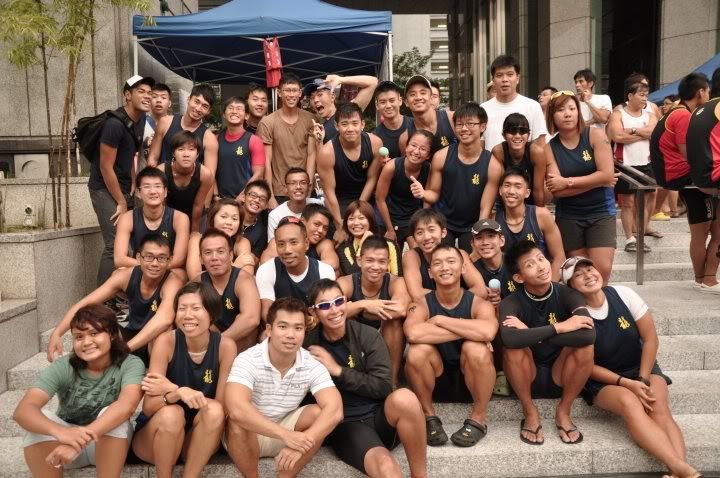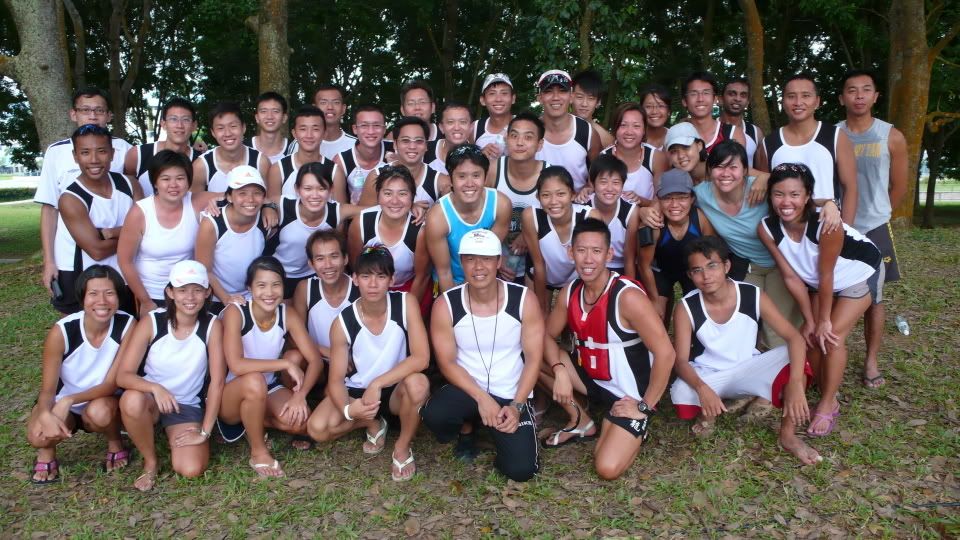 The dragon boat tragedy in Cambodia last November that left five Singaporeans dead, was due to, among others, the following reasons - unfamiliarity with race conditions, low safety awareness and lack of preparations.
The dragon boat tragedy in Cambodia last November that left five Singaporeans dead, was due to, among others, the following reasons - unfamiliarity with race conditions, low safety awareness and lack of preparations.
These are the findings of a safety inquiry panel which was formed to look into the incident.
The panel revealed its findings on Friday.
The tragedy took place at the Tonle Sap River.
The Singapore Dragon Boat Team was one of 19 teams taking part in the annual Cambodian Water Festival.
Their boat capsized as they were rowing back to the docking point, after it was hit by a current.
Twenty-two team members were thrown into the waters but only 17 surfaced.
The bodies of the other five were recovered a few days later.
The Safety Inquiry Panel said the Singapore team was unfamiliar with the race conditions.
The river current was at its strongest as it was at the end of the rainy season, and it was flowing in the reverse direction.
The Singaporeans were also not used to the equipment provided by the Cambodians.
For example, the safety panel of inquiry found that the Singapore Dragon Boat team was not familiar with the traditional boat used in the race.
The one they were used to and accepted internationally has a flat bottom, while the traditional boat had a round bottom and no proper rudder - which is used to steer the boat - hence making it unstable in water.
This caused the two coxswain to steer the boat using their paddles.
The rowers also reported that the freeboard of the boat, which is the distance from the waterline to the upper deck level, was lower and this caused the boat to take water during practise session and the race.
Another finding is that the Singapore team did not have an established procedure of conducting risk assessments, such as safety briefings and drills.
For example, the Dragon Boat team did not have established safety procedures or drills for contingencies in the water.
They also did not as a habit do a risk assessment prior to the race and most rowers were not aware of a capsize drill.
In fact, most had never experienced a capsized boat before the tragedy.
Preparation for the race was also unsystematic.
The team arrived just a day earlier and had only one training session.
There was a lack of information about the event, the condition of the river and the race site.
Most of the team members, including team officials, were not prepared for the strong currents or the boat.
The panel also concluded that the Cambodian organisers had not followed International Dragon Boat Federation (IDBF) Guidelines.
For example, the life jackets given out to the rowers were bulky and not designed for competitive racing.
So the rowers decided to junk them as they were told that it was "optional".
The paddles issued were also of non-standard size - some were longer than others. Overall, the rowers found the paddles heavier than usual.
Bernard Tan, Chairman, Safety Inquiry Panel, said, "I think the greater tragedy is if we allow a tragedy like that to happen again, and that's why we put forward recommendations to ensure that this events will not reoccur."
And a key suggestion is that the Singapore Dragon Boat Association (SDBA) and its affiliates only take part in races that comply with international guidelines.
In instances where the guidelines are not met, then the Association and the team manager must assess if the team should still compete.
They must also assess what measures must be adopted to mitigate the risk of participation.
The panel also wants the Association to clearly define the roles and responsibilities of key team members - including the team manager, coach, coxswain and captain.
This will help to ensure who is responsible in making a risk assessment, before a race.
The SDBA and its affiliates should also check the compliance of its teams to the IDBF Water Safety Policy and the Safety Standing Procedures for dragon boat clubs.
This includes ensuring that all dragon boat rowers are strong swimmers.
The panel also recommends that the SDBA put in place a proper system in preparation for races.
For example, for teams sports, members must be exposed to high-level competitions on a consistent basis.
The panel hopes that the recommendations will be accepted and implemented within six months.
Meanwhile, in a statement, the Singapore Sports Council (SSC) has said it will work closely with the Singapore Dragon Boat Association to ensure that the panel's recommendations are implemented quickly for the safety of everyone involved in dragon boating.
It added that it hopes this report will at least help the families affected by this incident to close a chapter on the tragic episode that has touched so many people in Singapore.
The SSC said the panel spent a significant amount of time reviewing the statements and relevant information collected from witnesses, participants and other parties in order to present a thorough and comprehensive report .
SSC believes that the panel has done a thorough job in assessing the factors that led to the accident and has made sound recommendations to prevent a similar accident from happening in future.
Meanwhile, responding to the safety inquiry report, the SDBA said it agrees with most of the recommendations made by the panel.
On the issue of life jackets, SDBA said the decision not to put them on had been jointly made by the team. And before the incident, there was indeed, no formalised risk assessment.
After the incident, the Association sent a total of 13 officials, coaches and race officials to attend the first Risk Management Course conducted by the SSC from March 17-20.
Going forward, the team manager will be given a greater say in making decisions.
But SDBA stressed that it will not be holding anyone responsible, because it was a series of factors had led to the tragedy.
Lam Pin Min, Senior Vice President, Singapore Dragon Boat Association, said, "If you look at the entire report and the sequence of events that has led to this accident, a lot of times there were no rules being broken at any point in time. A lot of the decisions that have been made that contributed to the accident were based on judgment calls.
"And on hindsight, some of the decisions that were made then were sub-optimal, as in a combination led to the misfortune happening. So looking at the entire report, we felt that it is not appropriate to pinpoint any particular persons for this accident happening."
No Single Factor Responsible For Dragon Boat Tragedy
![]() Labels:
Interesting / News
Labels:
Interesting / News
Subscribe to:
Post Comments (Atom)












No comments:
Post a Comment